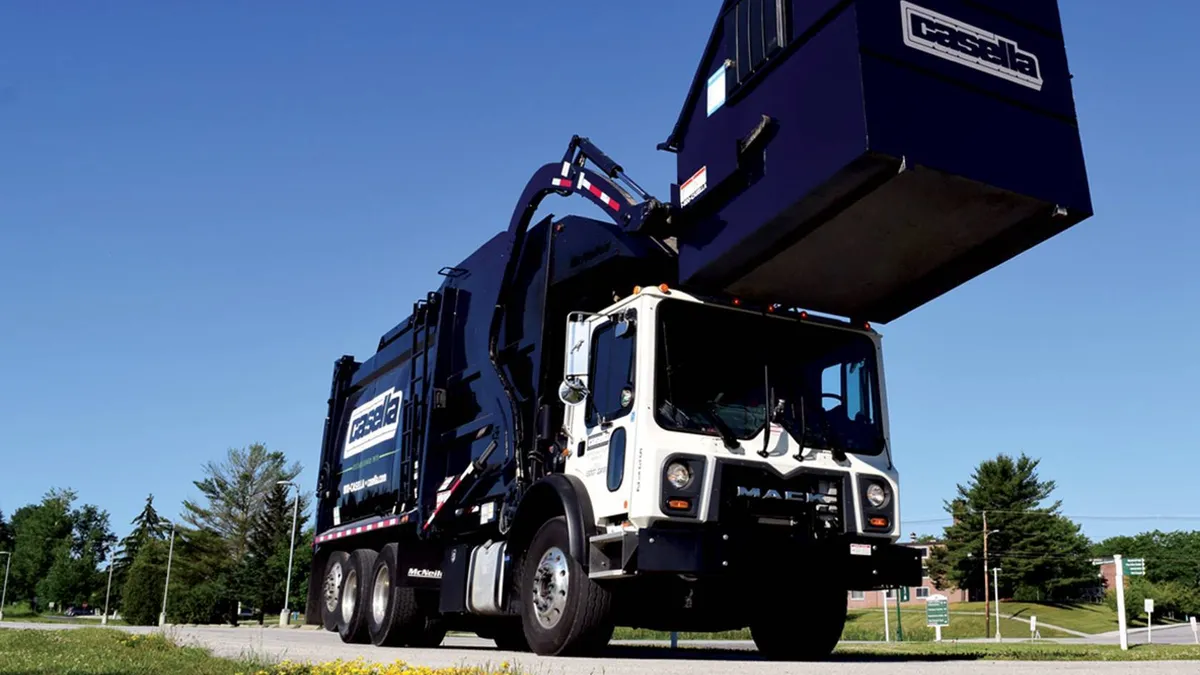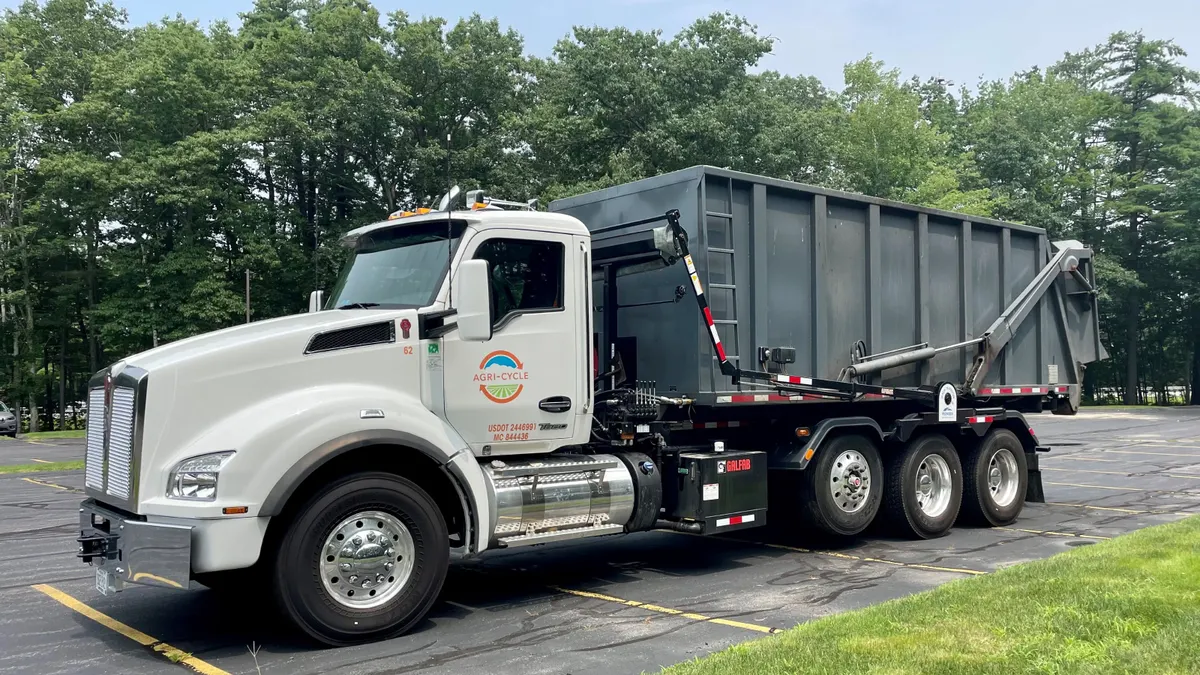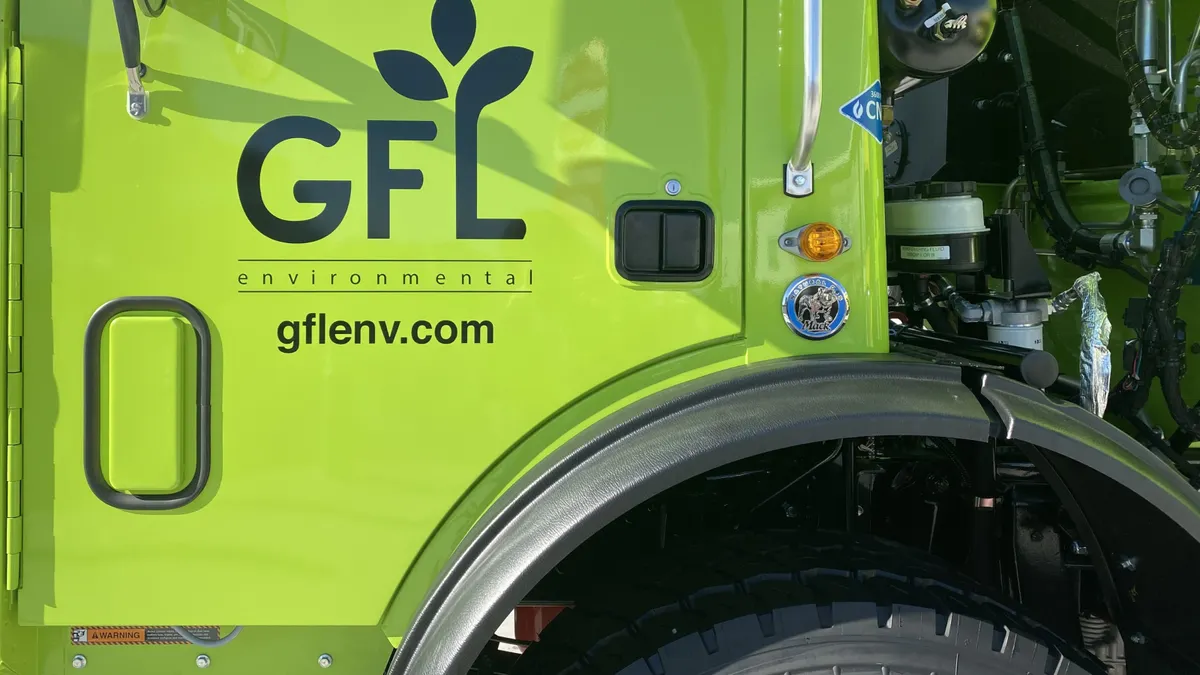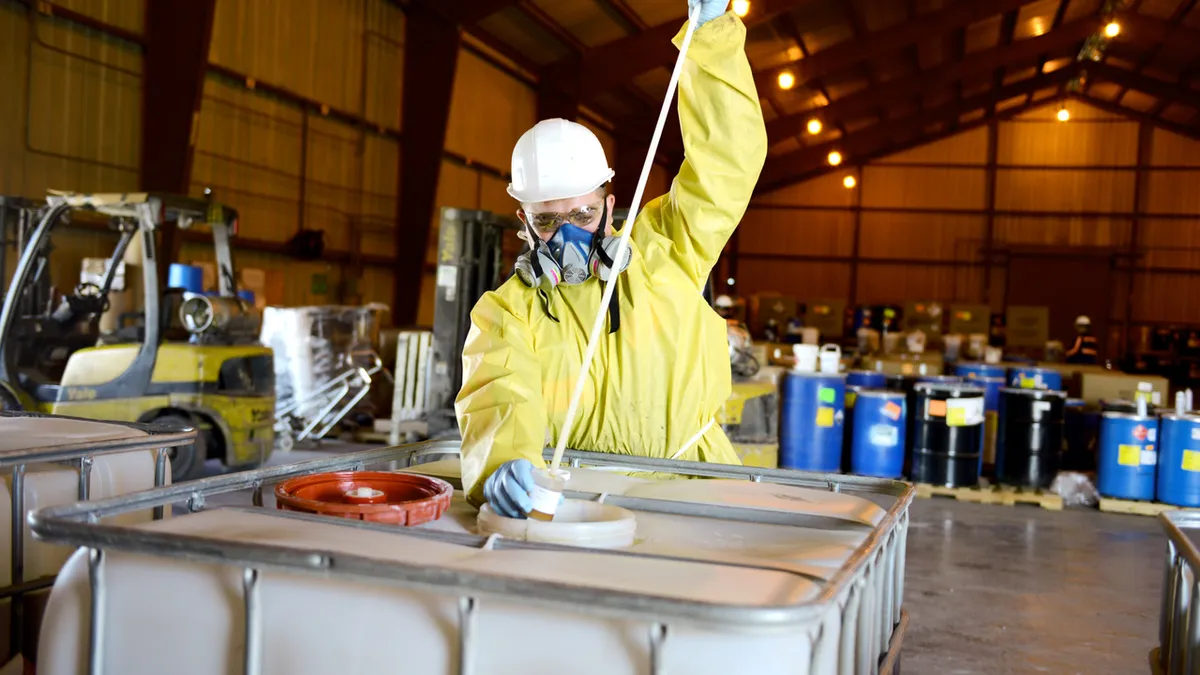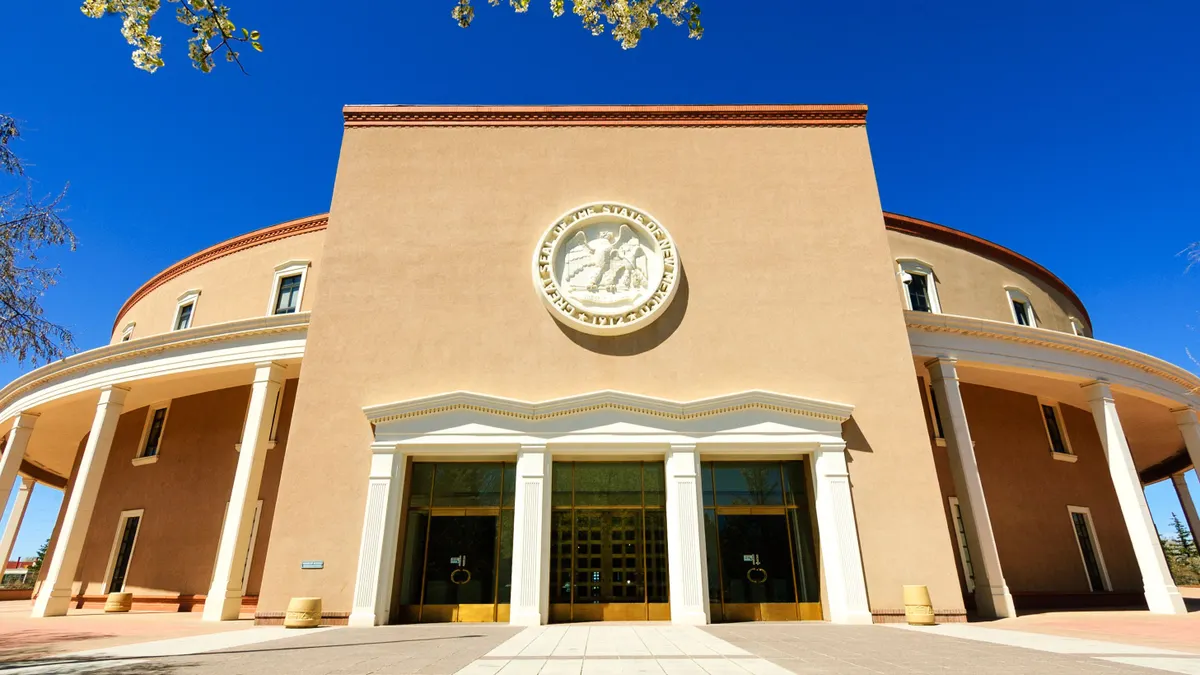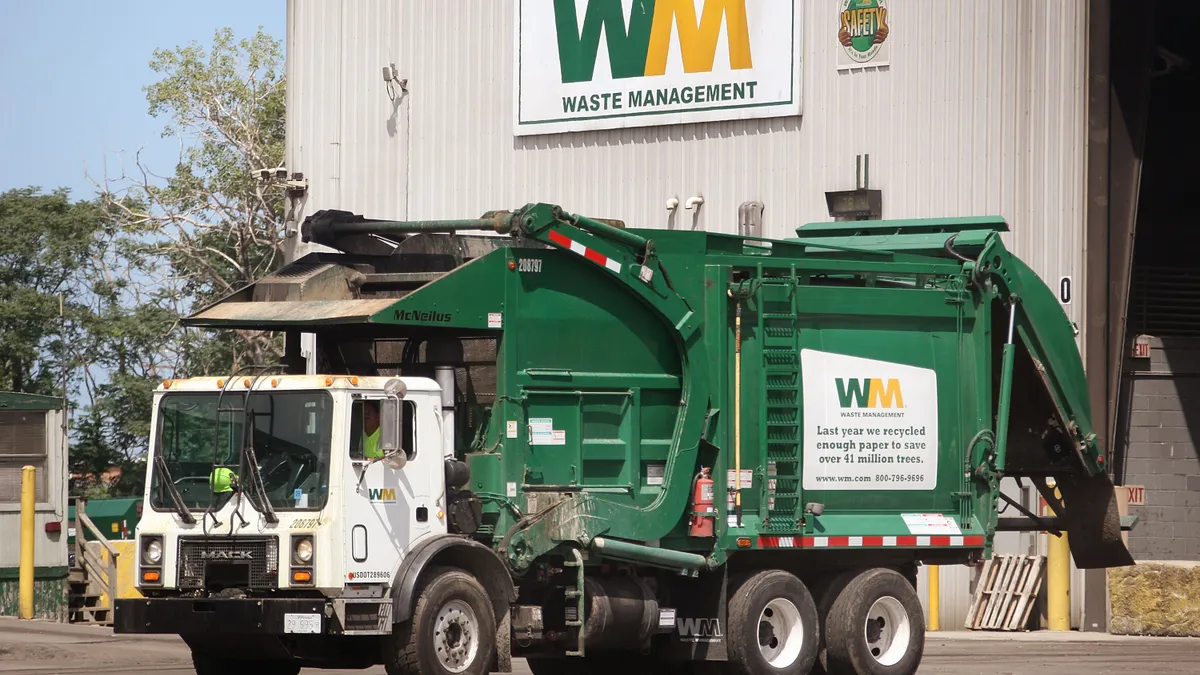Since Casella completed the major acquisition of some of GFL Environmental’s assets last year, its workforce has grown by a third and its footprint expanded from the Northeast into the mid-Atlantic.
The Vermont-based company, which reported $1.26 billion in revenue last year, is now mostly settled into that new footprint and is making the most of that growth while also moving forward with other initiatives. That includes several planned RNG projects and two pilot programs for PFAS mitigation, as well as planning its landfill capacity strategy. It’s also investing in major equipment upgrades and introducing a new mechanic training program as part of the company’s efforts to attract and keep employees for the long haul.
President Ned Coletta was the company’s CFO for 11 years before also becoming president in July 2022. Since transitioning solely to the president role in November, has been able to “pass the financial baton” and spend more time on bigger picture strategy work.
“So much of what [CEO John Casella] and I do is just focused on our core values, building people, maintaining culture and that's become even more important today,” he said.
Waste Dive sat down with Coletta at WasteExpo to talk about the company’s plans for 2024.
This conversation has been edited for length and clarity.
WASTE DIVE: Casella has had a new focus on the mid-Atlantic region since it completed the purchase of some GFL assets there last year. What are the priorities in that region now for expansion, organic growth, or other opportunities?
NED COLETTA: Our number one goal was to really work on integration, both on the operating side and safety side. We just finally got off our transition service agreement with GFL this last month, and are fully self-sufficient now, which is good. We built a team and we've tried to build the infrastructure that supports a much, much larger business. So we were looking at this not just to buy this and put it on a shelf. We're looking at it as a platform for growth.
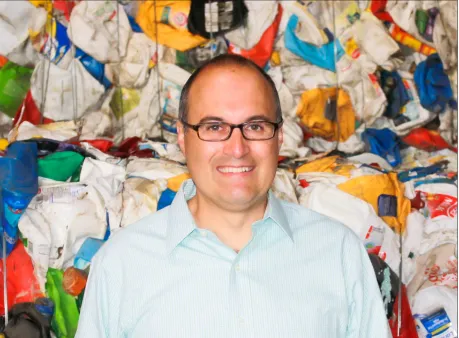
And it’s growth both from an acquisition standpoint, but also an organic standpoint. Some of those markets have some really amazing industrial, institutional, large commercial customers. I feel like they've been starved a bit from some of what we do well from a sustainability standpoint and helping customers understand how they can drive more sustainability —recycling, resource management — but also the concrete steps to get it done.
For [operations,] it’s just simple efficiency. A lot of the equipment that came over is high quality, but it's a bit dated. Over half the fleet are rear-load trucks and require a driver and one or two helpers. You definitely have your highest safety incidents with rear-load trucks. Productivity’s lower and, let's face it, it's harder to find drivers today.
[With automated trucks,] we open up a much broader funnel of people who can enter the workforce as a waste driver. We have a lot of women in automated trucks. They’re complex pieces of equipment, but they really opened up the funnel [because] you're not throwing bags of garbage or lifting cans. So as we look to the mid-Atlantic, you've got organic growth, you've got the inorganic acquisitions, you've got operating efficiencies.
What’s the broader M&A strategy now that you’ve settled into this mid-Atlantic region?
[For] our M&A pipeline, we're sitting at about $800 million revenues right now. And that's across our traditional Northeastern markets, but also including the mid-Atlantic. There’s really no focus on landfills at this point in time, but a big focus on more density for the hauling standpoint, more adjacencies, but maybe even some resource assets, if we can find the right fit.
We acquired one recycling facility from GFL that's going to need a major retrofit. We finished Boston last year and we're going to Connecticut next at our Willimantic facility. And then we're headed right to the mid-Atlantic to go full high tech, full retrofit. [The GFL facility] is a small recycling facility with 20- to 25-year-old equipment.
We find that modernization of equipment drives efficiency and can drive great throughput and great cost profile. But then it's also coming back to our sales teams or operating teams, working with customers to really help them understand how they derive more out of the waste stream. I just don't think there's a huge focus in many of those markets, at least that we've seen so far.
If we lead first with listening to customers and understanding what their needs are, and also helping them to shape some of those needs, that leads to a lot of mutual benefits and a lot of long-term value creation for both parties. We find that really helps us on our sales side and our pipeline.
And then, I'm always back to financials. I think people from outside this industry look at landfills and think they're these amazing return-driven assets. But we actually make our highest returns from our waste and recycling, hauling businesses, and our second-highest returns from our recycling facilities. I'd love to do more there and drive more of that over time.
Landfills are necessary, where there's plenty of stuff that still needs to be safely handled at a landfill, but especially in our markets the regulations to permitting is so complex and so costly in a lot of their requirements, and it makes them actually a little bit less [of a return on investment compared to] recycling facilities.
The Northeast has landfill capacity constraints, and at the same time, you’re going through some long-term permitting challenges with pushback from some residents that don’t want you to expand landfills there. Is the door closed on being able to add to capacity in that region?
No, absolutely not. There's always been a constructive dialogue from a regulatory, political and community standpoint around any expansions, or any sort of new capacity. It’s healthy tension, right? Everyone needs to have a voice at that table and make sure that the environment and communities are protected. But what you see today is a platform sometimes for some outside, non-mainstream voices to carry a lot more media coverage. And I don't think that always fully represents all the stakeholders’ interests.
In New Hampshire at our North Country landfill in Bethlehem, we'll reached the end of life in early 2027. We're working on permitting and developing a new landfill from the ground up in the next community over. And there's been nothing simple about that whatsoever. From a community standpoint, from a regulatory, from a political standpoint.
Hence, McKean [our landfill in Pennsylvania.] In today's day and age, you need to have a plan A, plan B, a plan C, because you can't guarantee that you're going to get capacity.
The development of our McKean rail-served landfill in Pennsylvania is so that we make sure we have a safe home, a stable home for customers for the next 20 years in the Northeast. Hopefully everyone's recycling more, there's less [waste,] but that's not something we can directly control. We can give the education tools, but we do need to have that stability long term.
What do you think of the recent PFAS regulatory updates, and how will they affect operations?
It’s been a big few weeks with PFAS and I actually really applaud that. It's really nice that the federal government has stepped up again, they haven't done so in many years and it will help start get some consistency in the regulatory environment.
We've done some great analytical work over time, studying how PFAS enters a landfill and studying the potential vectors for it to leave a landfill. What's amazing is most of it gets captured into that landfill. But some does come out in the leachate. It's a really big area of focus for Casella, because everything we do is to try and reduce our footprint environmental impact.
So we've got two trials. One is once a foam fractionation trial at Waste USA [in Vermont], and the second is our reverse osmosis trial. They both have a lot of merits and they both have a couple of negatives. [Both pilots] are working very, very well. For the foam fractionation, we just have pilot permits from the state of Vermont and we need to get full-scale permits because the technology is working great and ready to scale up fully.
We're trying to work through the technology side, the cost side and just how we'll operate, and trying to head towards a pathway where we have a standardized platform that we can use at every landfill that would need it.
We're not looking at PFAS destruction [services] like Clean Harbors or someone like that. We are trusted to take care of waste or recycling, and we really need to look at what all the negative impacts could be from that activity. We've worked for many, many years to reduce our greenhouse gas footprint from our landfills, and we continue to work on that. But now, PFAS is kind of a new frontier. From our vantage point, we need to do all we can to make sure to get leachate treated.
During Casella’s latest earnings call, there were a few updates about planned RNG projects for 2024 and 2025. What can you tell us about the details of those?
We've had two projects in process with third-party developers for almost four years. One is with a small company [recently purchased by Viridi]. Then we were working with Archaea at our Juniper Ridge landfill with BP. That will be our first project that's online, it'll be in the coming weeks. They're actually going through certifications right now to get online.
We learned a lot over the years just through our own landfill-gas-to-energy projects. We've partnered with Archaea on landfill-gas-to-energy as well across our footprint, and some of what we found operating in the Northeastern United States is there's a constant conflict between the energy and managing greenhouse gas and fugitive emissions at landfills. In the Northeast, and just really in this regulatory environment and some of what's happening in the world, we need to be making sure gas and methane is not escaping from that landfill. It’s super, super important.
So what that means is pulling a little bit harder on that landfill gas collection standpoint. And what that leads to is more nitrogen and oxygen and air. Now, that's not good when you are producing pipeline quality gas, that means it's much more complex and expensive to treat that.
We now partner with a company called Waga, who is using a totally different technology to treat that gas. So it's still pipeline quality but uses far less energy and it can operate at a much wider spectrum of gasses to produce. So we're in development right now with several projects with Waga. The first one we're working on is in New York. It helps us align between producing pipeline quality gas and operating the landfill to the highest environmental standards in reducing any sort of emissions.
We’ve heard other major waste company leaders at WasteExpo talking about their training, labor and retention struggles and how they’re innovating. How is that effort going for Casella?
People are our biggest priority. Our workforce has increased by 30% in the last year, and that is through acquisitions, and some growth as well. We're at 4,300 on our team today.
For our CDL training school, we've graduated close to 300 employees and we have a new mechanic school that's coming online. We're completing the build out of our new [training] facility, which is super, super exciting. For the mechanics school, we've hired two talented individuals to be our trainers or educators. Until the buildout of the school is completed, we actually have them traveling around giving seminars to our people.
Having good trajectories out of high schools to enter into the industry is so important. We also created a new role about two years ago called driver apprentice. If you have a CDL and you're driving Class 8 truck, you're not allowed to cross state lines until you're 21 years old. So we used to not allow anyone to drive those trucks until [that age]. But many of our routes stay inside state lines, so when we first opened up our school, one of our focus points was to create a pathway right from high school for kids to be able to start to build a career in our industry.
We developed a whole new training program with a lot more time and attention and mentorship in our school. Same thing with the mechanic school — making sure there's that direct pathway from high school vocational school into a job in our industry is really important. The CDL school is probably one of the better investments we've ever made as a company.



